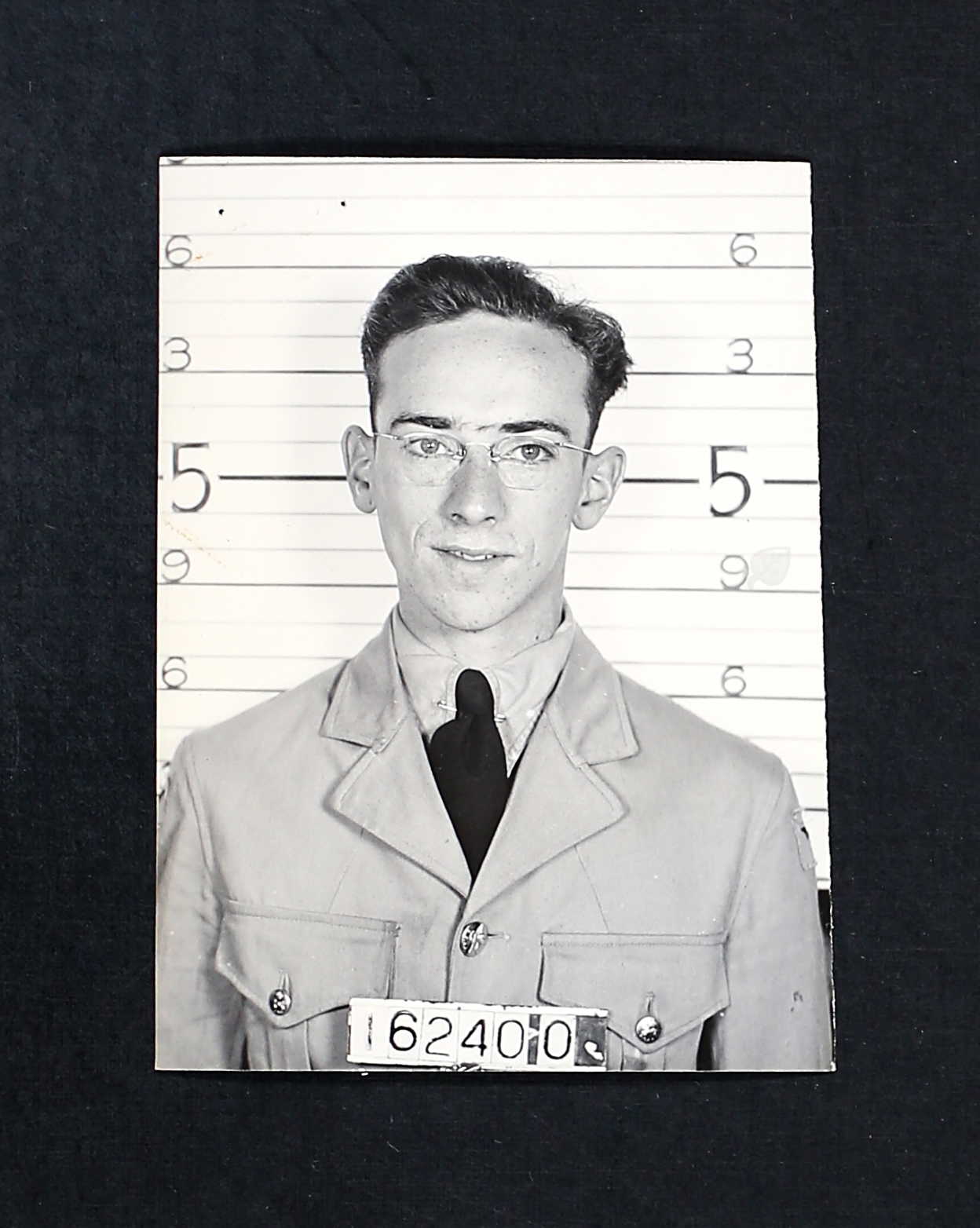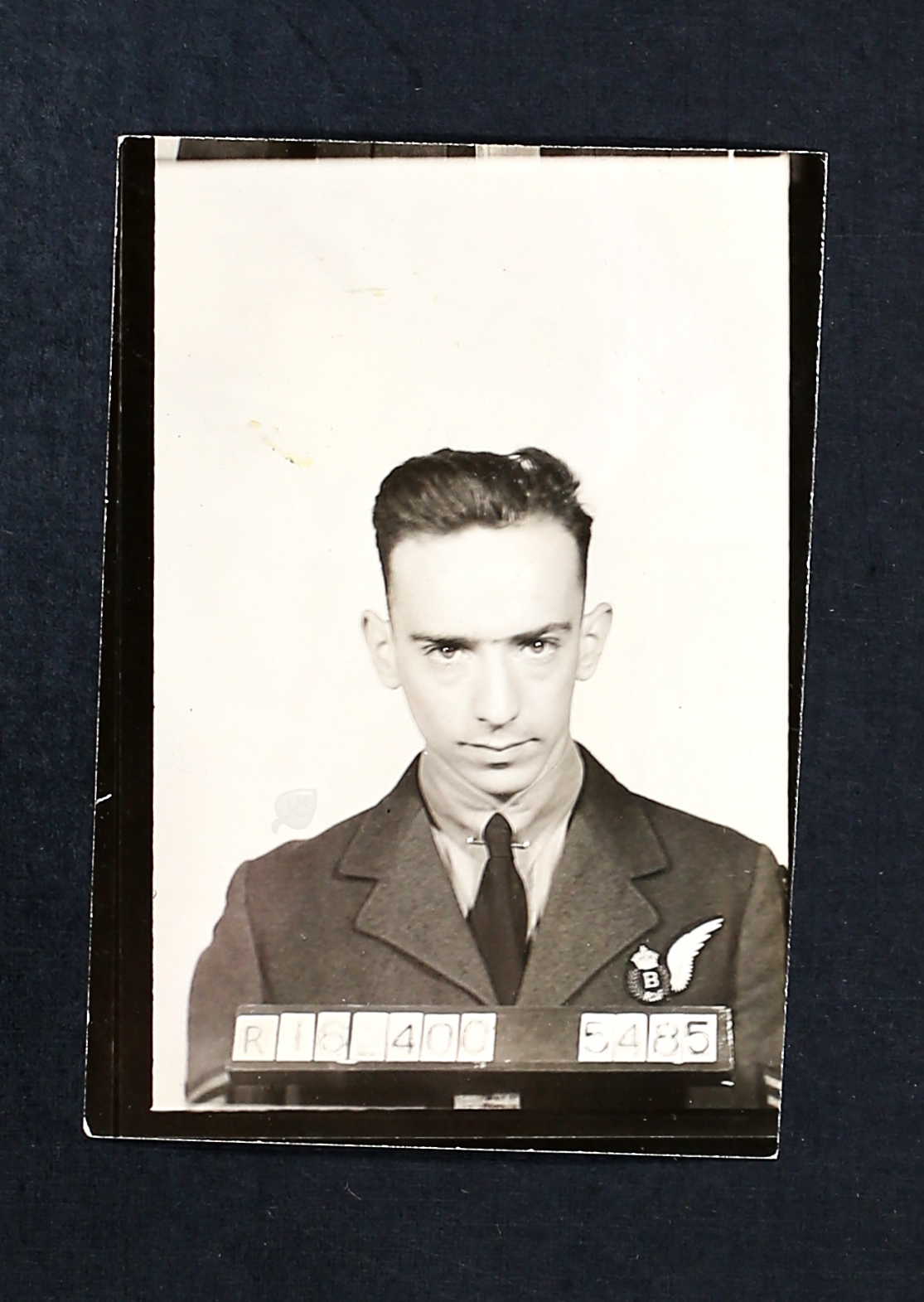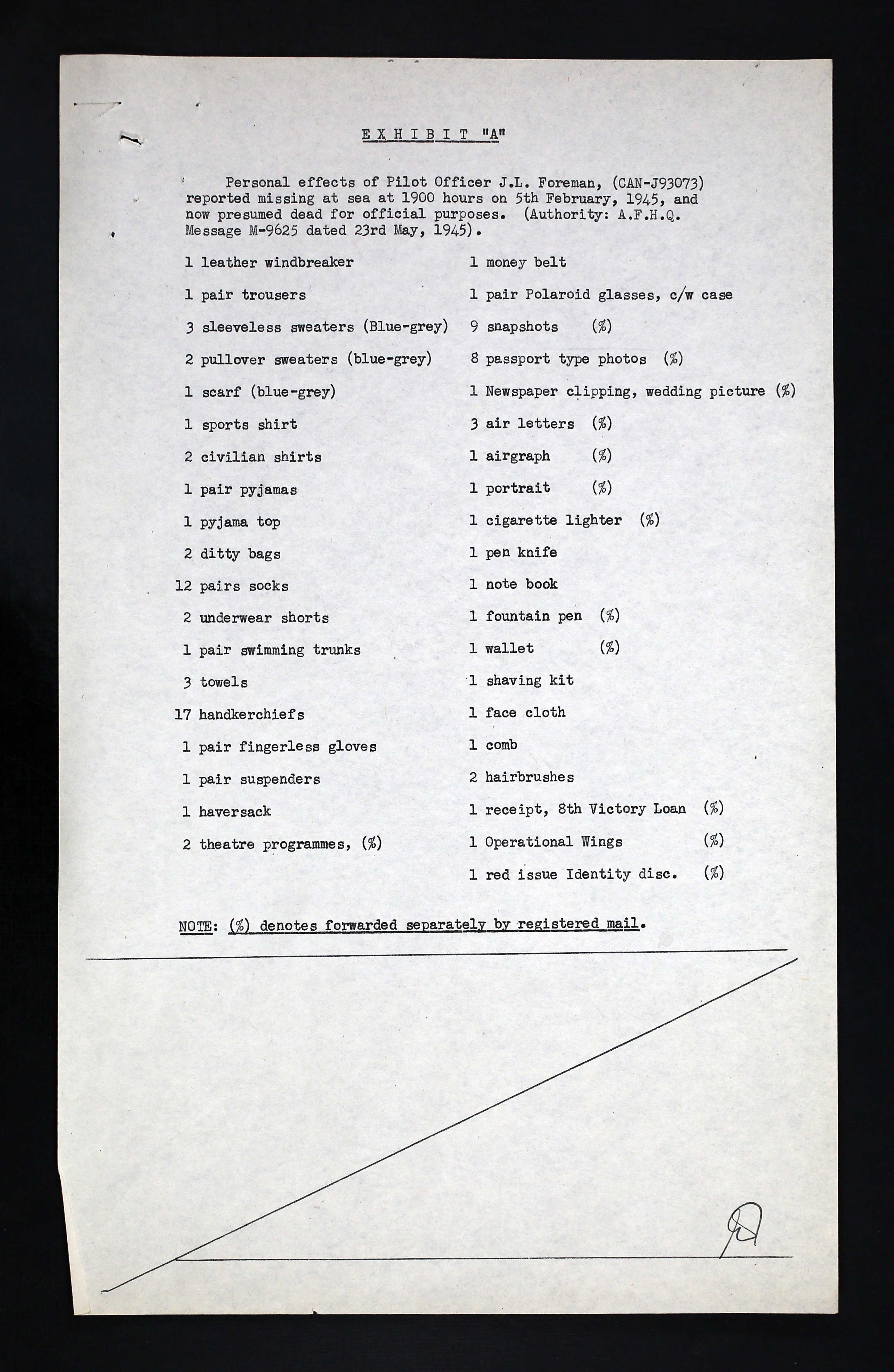


May 28, 1921 - February 5, 1945



John ‘Jack’ Leslie Foreman, born in Grasse Pointe, Quebec, was the son of Eames Newton Foreman and his wife, Jeannett ‘Jean’ (nee Devenny) Foreman, of 129 Prospect Avenue, Port Arthur, Ontario. Eames was a foreman with Public Utilites/ Telephone in Port Arthur. Jack had one brother and two sisters. The family attended the United Church.
He was a student, having finished Grade XII, when he enlisted. Jack wanted to become a teacher after the war. Alex Sinclair, Principal of Port Arthur Collegiate Institute, on May 2, 1941 wrote, “This is to certify that Jack Foreman has his complete Junior Matriculation, and last year received standing in Modern History and English of the Upper School. This year he is taking French Authors, French Grammar, Trigonometry, Geometry, Botany, and Zoology. If he goes into radio work, he will be granted at least a credit standing on all the subjects he is taking this year at this school, and honours likely in Science. He has been a student at this school for the past five years...he has always shown himself to be earnest and faithful in his work. He has a pleasing personality and a find disposition. He will co-operate in any work he is assigned to do.”
He started his enlistment process in May 1941 and by April 24, 1942, he was accepted into the RCAF.
He noted he had had his appendix removed in 1936, had a tonsillectomy in 1938, with previous gastro-intestinal issues. He had no hobbies, but enjoyed swimming, basketball, and softball. He smoked ten cigarettes per day, but seldom consumed alcohol. He spoke English and French.
Jack stood 5’ 4 ½” and weighed 110 pounds. He had a medium complexion, hazel eyes and dark brown hair. He wore glasses.
His frame was ‘small and wiry,’ and was considered underweight; he had a ‘standard’ mentality. His balance was noted as unsteady, his night vision poor, but overall, his physical exam was satisfactory. “Quiet, a bit slow, not specially confident, with reason; intelligence a bit low. Grade 13 Ontario finished except one subject at age 20. Business course taken after that. Enlisted in RCAF to avoid army draft. Some interest in flying since the war. Wants to be a pilot. Second choice: bomber. Prepared to take job for which found best suited. Low average at best.”
April 30, 1942: “Education sufficient. Leg length too short for pilot. Borderline material. Nice, clean-cut chap. Intelligent and studious type. Recommended for Radio U. T.”
At the end of April 1942, John was sent to Winnipeg, Manitoba, then to No. 2 Manning Depot by July 1942. He was sent to No. 10 SFTS, Dauphin, Manitoba in September 1942,. Less than a month later, he was sent to No. 7 ITS, Saskatoon.
“Immature, not very forceful, but conscientious and dependable.” He was 103rd out of 124 in class.
From there, he went to No. 2 Bomb and Gunnery School in Mossbank, Saskatchewan, “Neat, reserved, quiet. Average type.” 20th out of 20 in the class.
At No. 7 Air Observers School in Portage La Prairie, Manitoba by June 1943 where he earned his Air Bomber’s Badge on August 6, 1943. 67% in Ground Work, 68.5% in Air Work. Character and Leadership: 59.67%. He was not deemed suitable as a bombing instructor but moderately suitable to take the high level bombing course.
Then he was sent on his way to Halifax, Nova Scotia to the Y Depot, RAF Trainees Pool.
He left Halifax on August 26 1943 and arrived in the United Kingdom on September 1, 1943. He was sent to No. 3 PRC the next day, where he was sent to No. 6 Advanced Flying Unit until November 2, 1943. “Will make a very good Bomb Aimer, was keen.” He received a 75%. “Map reading (day) very good. Night, very good indeed. Crew co-operation: very good.”
He was sent to No. 24 Operational Training Unit until February 28, 1944 when he was sent to 61 Base, Topcliffe. He was with 408 Squadron July 13, 1944 until January 16, 1945. 408 Squadron’s aircraft included Hampden, Halifax, and Lancasters.
John was in hospital three times: May 1941, July 1942 and March 1943. He was granted six days private leave in September 1943, and then again thirteen days’ leave January 31, 1944.
On February 2, 1945, he was heading back to Canada to the Repatriation Depot in Lachine, Quebec. On February 5, 1945, he was ‘missing, believed drowned’ and then presumed dead. On the Official RCAF Casualty Notification, “jumped overboard while at sea in transit from UK to Canada.”
In a letter dated February 13, 1945, S/L W. R. Gunn, RCAF Casualties Officer for Chief of the Air Staff wrote to Mr. Foreman. “I must confirm the information that was conveyed to you by Reverend J. H. Raycraft, clergyman at Trinity United Church that your son is reported missing...the tragic loss of your son occurred on February 5th, at 7 pm....your son was appointed to commissioned rank effective December 11, 1944. This appointment was made Overseas.”
There was later confusion as to the circumstances of Jack’s death, as Mr. Foreman had the letters from S/L Gunn, but then later received a wire to the effect that his son had been lost to enemy action.
On April 14, 1945, S/L Gunn wrote another letter to Mr. and Mrs. Foreman. A Court of Inquiry had been held concerning “the tragic report that your son was missing believed to be drowned while proceeding from the United Kingdom to Canada, has now been finalized and there is no evidence of any kind that can throw any light on the matter. It is reported that your son was proficient in his duties at all times.”
Mrs. Foreman was delayed in filling out forms due to a broken wrist.
In October 1955, Mrs. Foreman received another letter from W/C Gunn, telling her that Jack’s name would be included on the Ottawa Memorial.